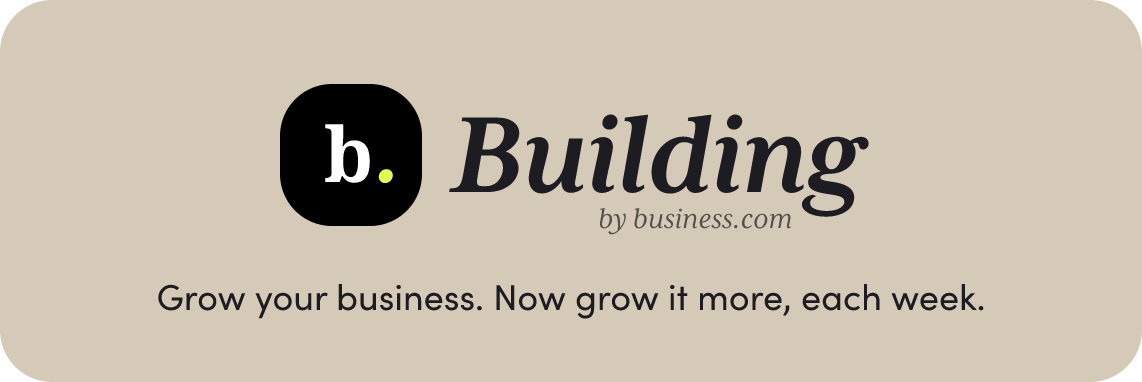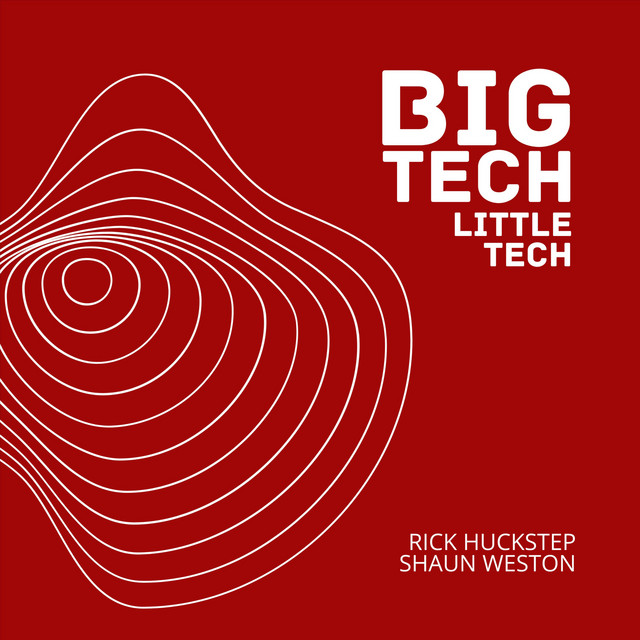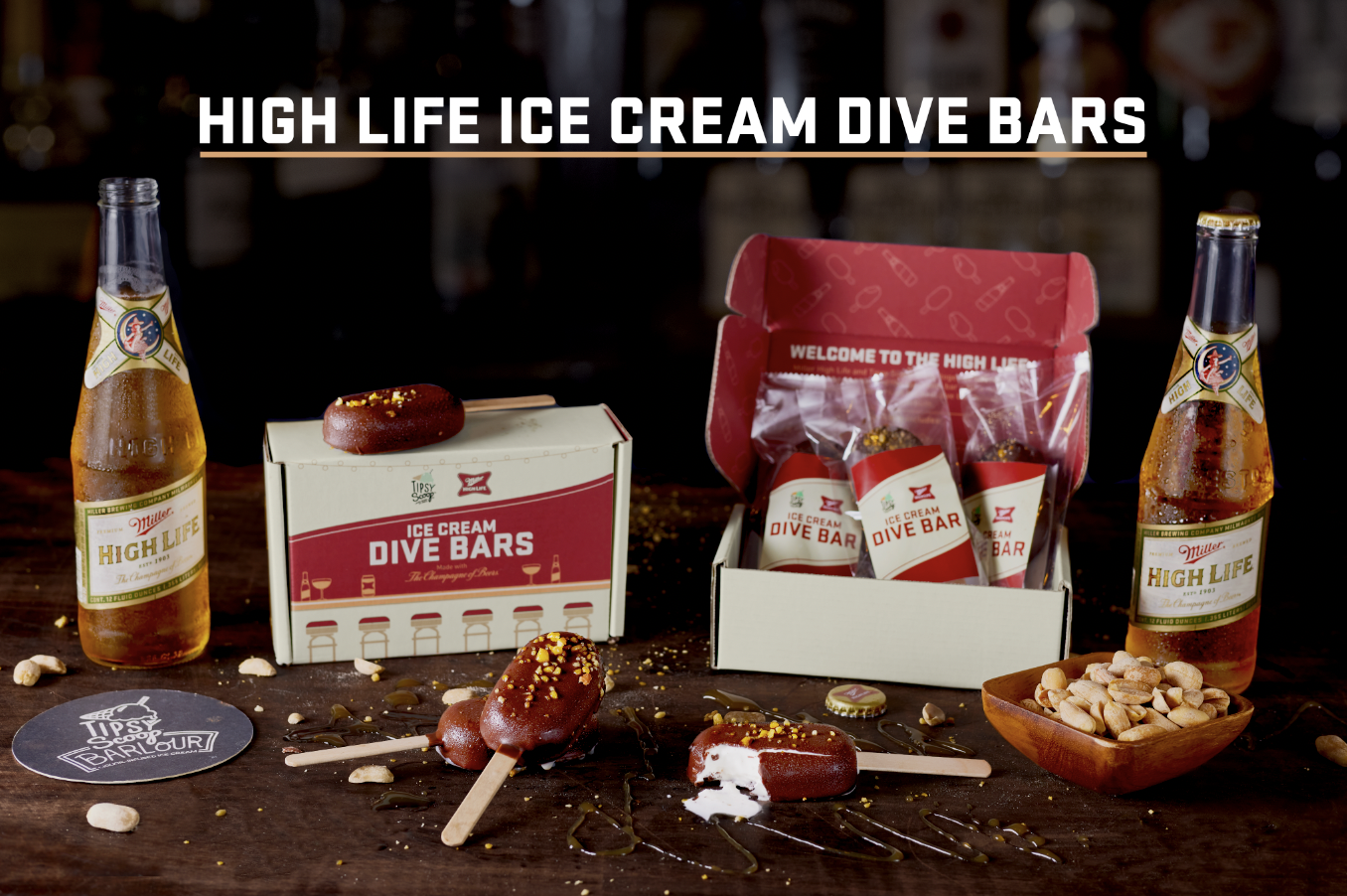You know how they say you should walk in your customers’ shoes? Well, KEEN Footwear is taking that maxim pretty literally.
The Oregon-based footwear company, which makes sandals and outdoor shoes, recently announced that it would fight inflation by lowering prices by 5% across the board. Meanwhile, other footwear brands raised prices by 4.96% in 2022, the biggest annual increase in 40 years. How — and why — is KEEN lowering prices while every other business is doing the opposite?
One reason is that they own 40% of their supply chain, including manufacturing and distribution facilities. This vertical integration gives the company more control over costs at every stage of production. And by recognizing that most consumers these days are cash-strapped, KEEN figured out a, well, keen way to not let the effects of inflation get in the way of sales.
In fact, in a world of high inflation and a potential economic slowdown, KEEN’s strategy will likely prove popular — you can bet your boots on it. But if you can’t afford to slash prices, other ways for businesses to fight inflation include cutting low-volume products, negotiating better deals with vendors, and collecting on unpaid invoices. Retaining high-performing employees can also boost productivity and reduce training costs. It all adds up to better profit margins at the end of the day.
|
|
|
Can the YIMBY Movement Bring Back the Lunch Crowd?
|
When COVID forced thousands of employees across the country to work from home, many in traffic-congested and high-rent areas rejoiced. Cutting the work commute and the ability to work from more affordable locations around the country seemed like a win-win. But businesses in downtown cores like Denver and San Francisco have suffered as the office lunch crowd they’ve catered to are no longer in city centers. Could building out the surrounding areas help?
In states with high housing values, there’s an ongoing battle between the YIMBY (Yes, In My Backyard) and NIMBY (Not In My Backyard) crowds. People in the YIMBY movement welcome increased development and construction as creative ways to provide housing solutions for more people. An increase in housing supply, in theory, should bring down the high price of rents and homes in major cities.
California has already eased its permitting and zoning restrictions, allowing homeowners to more easily build Accessible Dwelling Units (ADUs) in their backyards. ADUs are typically compact studio and one-bedroom back houses, providing housing options but with smaller-scale construction impact on cities. In Los Angeles, where rent and housing prices are some of the nation’s highest, the rate of ADU permits increased more than 6,000% between 2016 and 2021. That’s a lot of potential business for construction and building trades and for the companies that offer prefabricated ADUs and tiny homes.
|
|
|
Companies like Costco are building mixed-use projects in challenged communities, starting with a ground floor that will serve as the retail giant’s warehouse and building up with housing units. Meanwhile, a recent commercial touts Citibank’s commitment to funding affordable housing construction so teachers can live in the communities in which they serve.
Could the YIMBY movement also help businesses attract top talent? If more people were able to afford city centers with amenities, retail and mass transportation, there might be a move back to the cities. This would mean companies might have a larger talent pool from which to choose. And an increase in construction could mean an uptick in business for those shops and restaurants that serve city crowds. But only time will tell if the YIMBY movement is good for city center businesses.
|
|
|
Business Capital Without The Hassle
|
No two businesses are alike and there’s no one-size-fits-all lending option, but finding the right business loan doesn’t have to be like searching for a needle in a haystack. When you have a partner dedicated to transparency, flexibility, and exceptional customer service, comparing the best business loans to find the funding you need can be quick and easy.
That’s why BusinessLoans.com has brought together a marketplace of lenders ready to meet the unique needs of any business. When you need a little extra capital to achieve your goals and spur your small business on to success, you won’t have to go it alone anymore. Thanks to BusinessLoans.com, you can easily compare multiple loan options at once, choose the best one for your business with confidence, and get funded as soon as the same day.
BusinessLoans.com is free to use and applying won’t impact your credit score, so check out your options today!
|
|
|
Big Tech Little Tech = Big Entertainment
|
When it comes to podcasts about Big Tech, no one’s lacking for choices. Scroll Apple Podcasts or Spotify for 30 seconds and you’ll find droves of content, ranging from everything from ChatGPT to Twitter chaos to mass layoffs to chip wars. And while it’s important to keep up with the big picture, sometimes it’s hard to understand how mega-mergers and Zuckerberg adding legs to metaverse avatars are going to affect you.
That’s where the “little tech” part of the Big Tech Little Tech podcast comes in. As co-host Shaun Weston describes it, the show is designed “for tech-savvy people [but] easy enough for their mums to understand” (yes, he’s British). Alongside tech economy author Rick Huckstep, Shaun starts each edition with whatever big news interests them that week and then whittles the topics down into digestible chunks. They might begin by explaining the concept of generative artificial intelligence, then answer the question of whether AI is a decent content creator for small businesses. Reporting on massive churn at Amazon leads to small-scale hiring takeaways, and so on.
You’ll get nuggets of practice business wisdom in a wry package with a fair share of irreverence. That means alongside deep dives into TikTok algorithms, cybersecurity and future wearables, you can also enjoy lightweight looks at Christmas movies, robot pancake chefs, and the excessive f-bombs on Apple TV+ shows. Whether they’re talking big tech or little, you’ll walk away entertained — and informed.
|
The Champagne of Beers Meets the Queen of Ice Cream
|
State fairs across Middle America have done the fried beer thing, and now Miller has the other end of the spectrum covered: beer ice cream. Hot off last year’s beer-scented candles, the Miller High Life x Tipsy Scoop Ice Cream Dive Bar celebrates the “Champagne of Beers” and the 100th anniversary of ice cream bars with a surprisingly meticulous flavor profile of actual High Life. Each bar is made up of peanut swirl, carbonated candy, a light tobacco flavor and caramel (to represent sticky bar floors, obviously), all dipped in chocolate.
Prefer your ice cream a little less boozy? Sounds like you need a Dr Pepper Float. This new concoction is a collaboration between the soda brand and Blue Bell ice cream. The two supermarket staples have teamed up for a “creamy vanilla ice cream swirled together with a Dr Pepper flavored sherbet.” While the flavor is already dividing the internet, the only way to decide for yourself is to dig in. Bottoms up!
Inspired to whip up your own liquored creation? It could pay off. Find out why alcohol is the celebrity investment du jour.
|
|
|
Written by Carolyn Neuhausen and Dan Ketchum.
|
|
|
|








